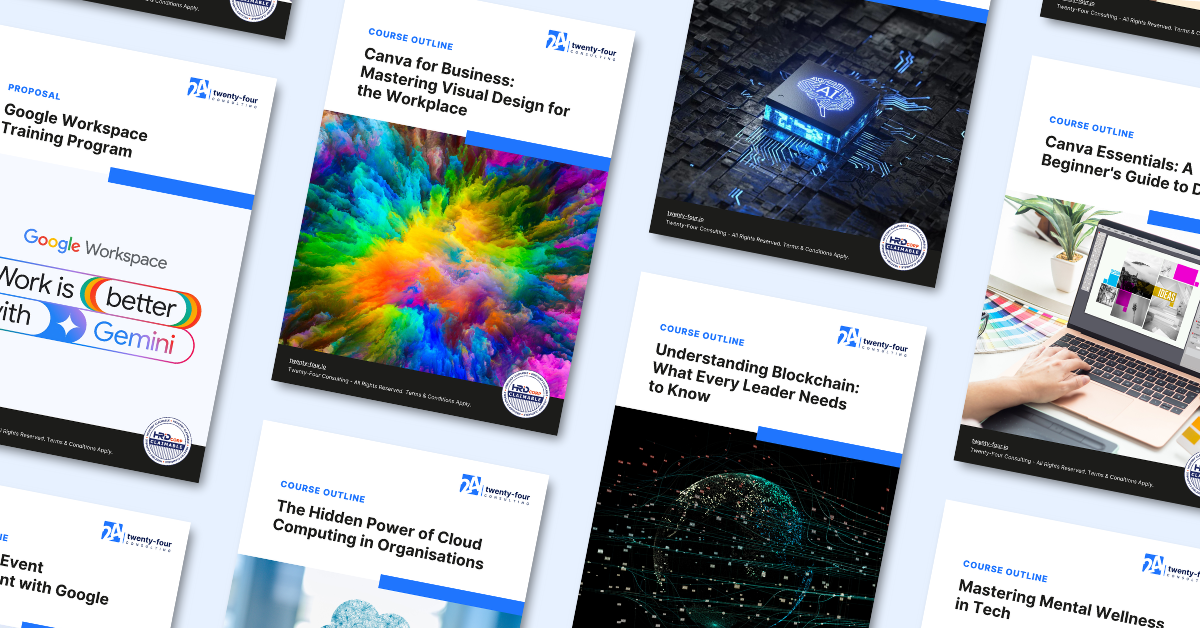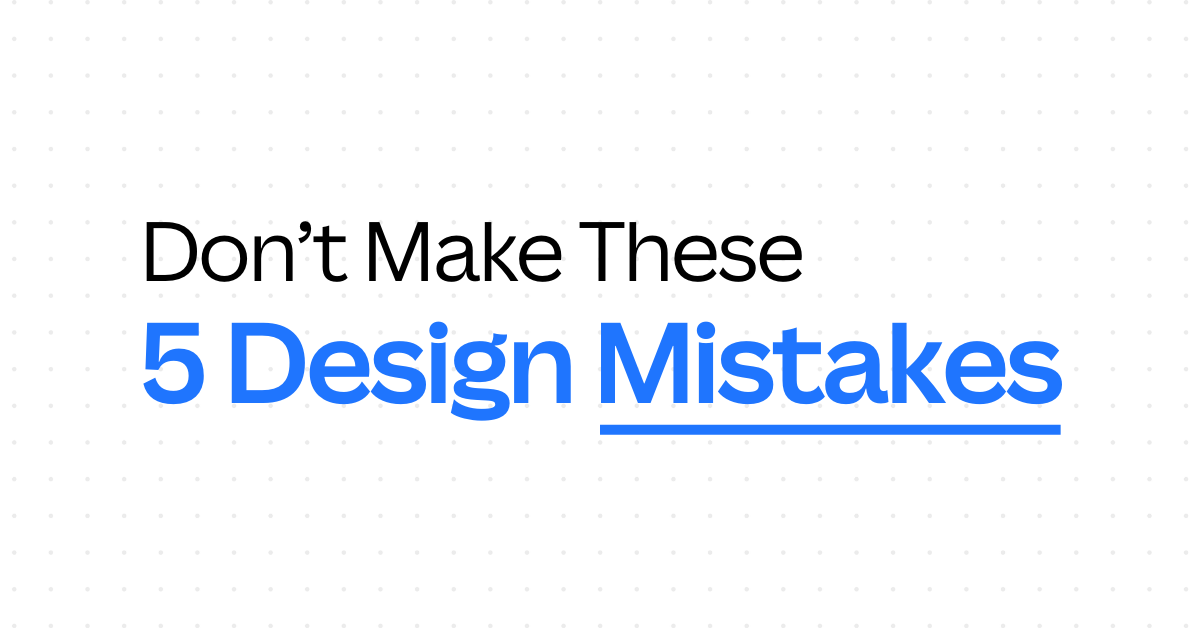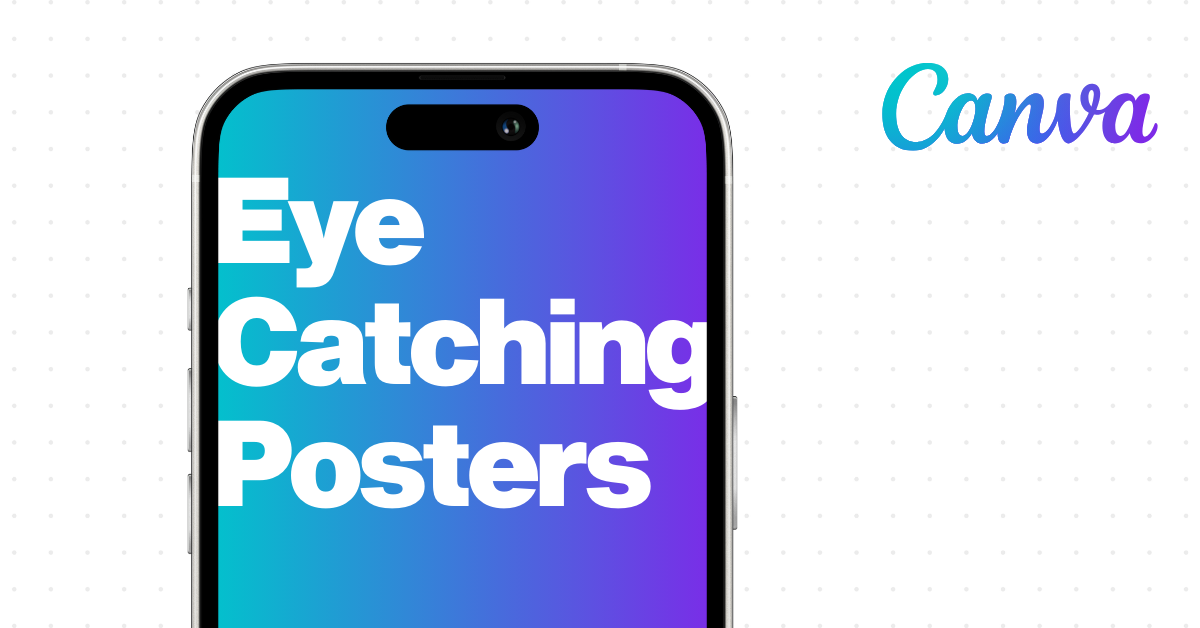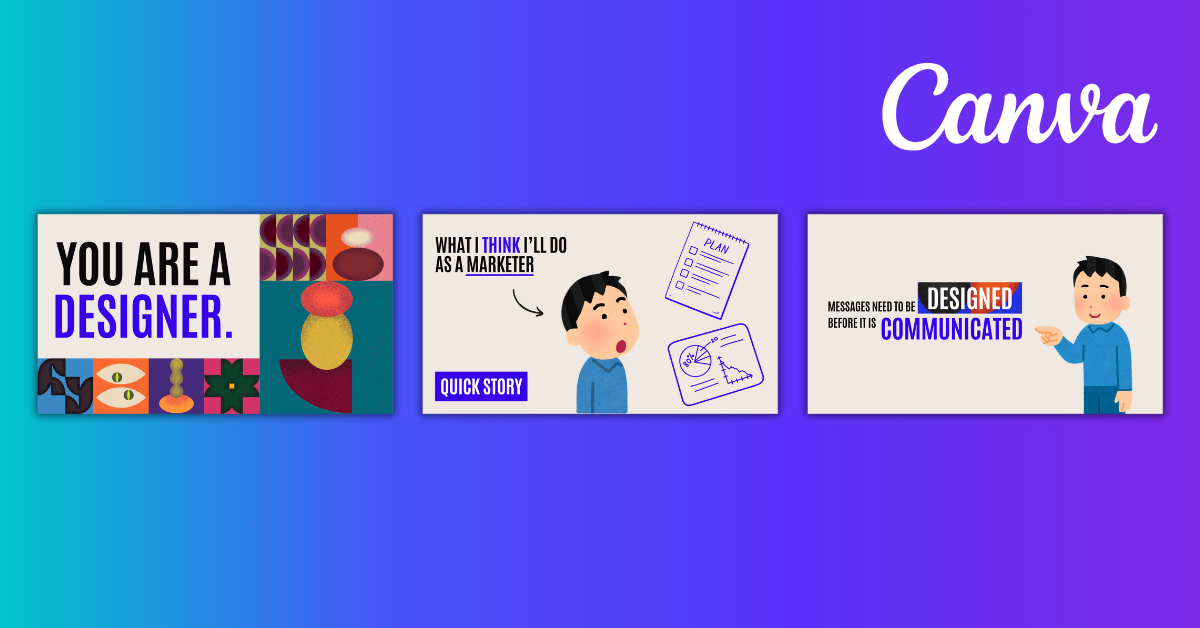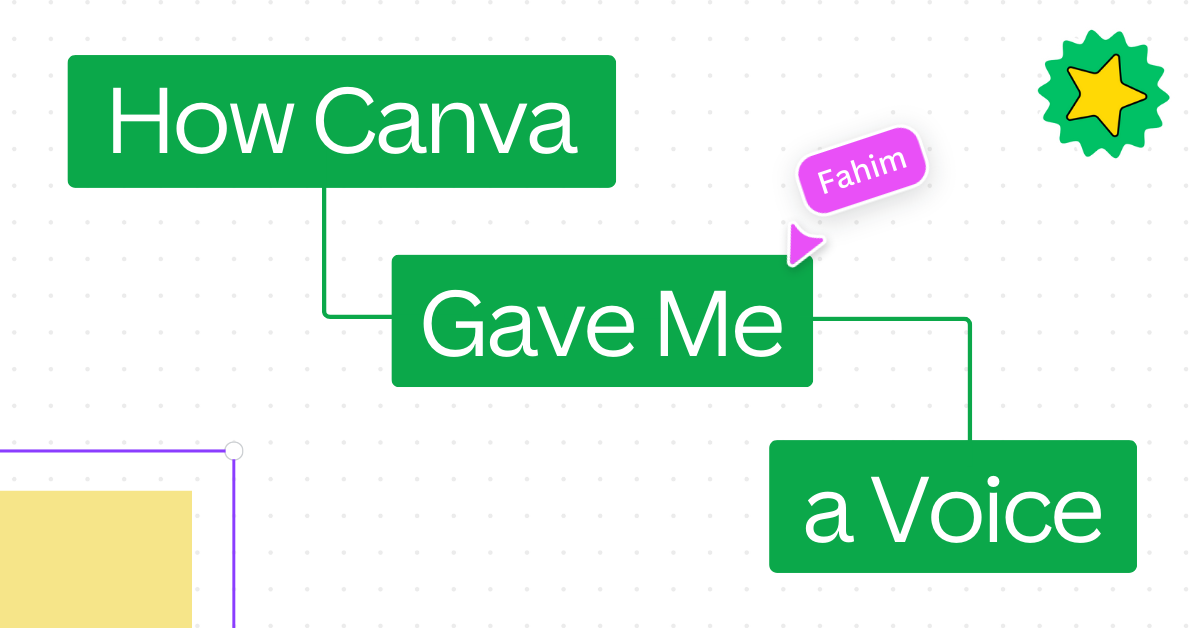It’s not just the tools — mindset matters too
Learning to design well takes more than knowing where the buttons are. Yes, tools like Canva have made designing more accessible than ever.
Features like templates, AI tools, and drag-and-drop interfaces have shortened the learning curve — especially for those without a design background.
But even with the right tools, many people still struggle. Why? Because good design begins with how we think about design — not just how we execute it.
Mindset affects every part of the design process: how we start, what we focus on, and when we stop.
So if you’re just starting out, here are 5 essential mindsets to help you design with more confidence and clarity.
1. Learn to observe more
To create a good design, we first need to understand what is a good design.
We’re surrounded by examples every day — brand ads, packaging, social media graphics, websites. Some are forgettable. Some catch your attention immediately. Why? What makes them stand out?
Designers train their eyes to notice. Beginners should too.
Look closely at how big brands design their visuals. Notice how they lay out their text, how they use color, how they space things. Start asking:
- Why is this design effective?
- What makes it easy to read or scroll through?
- How can I try something like this in my next project?
When you learn to observe with intention, you start to build your visual taste — and that’s the foundation of better design decisions.
2. You don’t have to create everything from scratch
A common belief among beginners is that your design must be original to be good — but that mindset often leads to stress, overthinking, and the dreaded blank page.
The truth is, you don’t have to start from nothing to create something meaningful.
Design has patterns. Most posters, slides, menus, brochures — they’ve all been done before in various formats. And that’s a good thing! It means there are existing ideas, layouts, and templates you can learn from.
In fact, most professionals always begin with references or templates. They build on what works and adapt it to their message.
So whether you’re using a Canva template or drawing inspiration from something you saw online, know that this is part of the creative process — not a shortcut to avoid it.
3. Work smart: focus on the decisions that matter most
Sometimes, beginner designers spend hours adjusting the size of a box, changing colors repeatedly, or stressing over tiny details that don’t really affect the outcome.
While it’s great to care about quality, it’s even more important to focus on what actually moves the design forward.
Instead of asking “Is this perfect?” ask:
- Is the message clear?
- Is it visually balanced?
- Does it do what it’s supposed to do?
In design, clarity beats complexity. Use what works. Save your time and energy for decisions that actually make an impact.
4. Design is all about communication
Design isn’t just about making things look good — it’s about making ideas easy to understand. That’s true whether you’re creating a classroom slide, an event poster, or a business report.
Good design helps your message land faster and more clearly. It guides the eye. It makes the important things stand out. It removes distractions.
Before jumping into Canva, ask:
- What is this design trying to say?
- Who is it for?
- What action do I want them to take?
When you treat design as a way to communicate, every choice — from fonts to spacing — becomes more purposeful.
5. Let go of perfectionism
We’ve all been there: nudging a box left and right, tweaking font sizes, obsessing over tiny alignments. And while attention to detail matters, perfectionism can easily hold us back.
Design doesn’t have to be flawless to be effective. If your message is clear and the layout is clean, it’s already doing its job.
Ask yourself: Would people notice this change? Does it make a real difference? If not — ship it and move on.
Done is better than perfect — especially when the deadline is tight or the design is part of your day-to-day work.
Final thoughts: Design starts in the mind
Before you learn more tools, adopt better mindsets. That’s where lasting progress begins.
Whether you’re an admin preparing slides, a teacher creating posters, or someone building visuals for work — you don’t need to be a full-time designer to design well.
All you need is a clear purpose, the right tools (like Canva), and a mindset that helps you learn, explore, and keep improving.
Want to sharpen your design mindset and your skills?
At Twenty-Four Consulting, we help everyday professionals design with confidence — using Canva and practical design thinking.
As the first Canva Agency & Reseller Partner in Malaysia & Southeast Asia, we offer hands-on Canva training, brand kit setup, Canva licenses, and workshops tailored for real workplace needs.
To get started with training, Canva Essentials and Canva for Business would be a great choice for your team/organisation — whether you’re completely new or already designing regularly for work.
These courses cover both the fundamentals and the practical skills you need to design faster, better, and with more confidence.
👉 Contact us today and we’ll help you or your team get started on the right path: twenty-four.io/canva
By Onion Lim
Marketing Manager @ Twenty-Four Consulting
By Onion Lim
Marketing Manager @ Twenty-Four Consulting
Related Posts


